Innovation oftentimes is collaborative. In engineering applications today, products that truly solve real-world issues emerge from collaborative product development processes involving diverse expertise. The creation of personal warming technologies like HeatOchair is a testament to what happens when heat engineers, user experience designers, material scientists, and behavior researchers work together with shared purpose.
This blog talks about how disciplined teamwork in human-centered engineering and thermos research projects results in smarter, safer, and more scientifically grounded products. It is all about a strong multidisciplinary innovation process—the kind that not only provides a functioning product but redefines a category by evidence-based thinking.
The Power of Collaborative Product Design
Modern product development depends on the seamless integration of design, science, and user experience. Collaborative product design allows cross-functional teams to co-create from the very beginning, removing silos and replacing them with synchronized progress.
While developing HeatOchair, they met frequently to reconcile thermal performance needs with mechanical feasibility and ergonomic insights. Open in its design, it allowed for faster innovation. Structured collaborative product design was used by companies that saw 30% less R&D time and better customer retention through better usability in a 2022 study in The Design Journal. It is definite proof that, when many brains contribute from day one, concepts become usable realities faster.
Why Human-Centered Engineering Drives Performance
The most advanced product won’t function if it forgets the user. Human-centered engineering ensures all designs begin and end with the person as their basis. It brings together physiology, psychology, and environment to counterbalance the function of a product against the way it’s actually being used.
In HeatOchair, every heat delivery zone and contour was engineered in human-centered engineering. Thermal imaging cameras were used to map areas of distress, and designers experimented with shape in the seat and its impact on posture and blood flow. According to Ergonomics International (2023), human-centered designed products reduce user fatigue and maximize adoption across demographic segments. It’s not just pretty faces—it’s scientific empathy at work.
Thermal Research Collaboration in Real Application
Creating a high-performance heating system isn’t just mechanical—it’s scientific. Through intentional thermal research collaboration, the HeatOchair team fused computational fluid dynamics, real-time temperature control, and radiation pattern analysis.
This wasn’t informal teamwork. It was structured thermal research collaboration across institutions, disciplines, and time zones. The convective heating and fan control system inside the product resulted directly from simulated airflow tests and materials testing, guided by thermal scientists. Applied Thermal Engineering (2022) reports that successful thermal research collaboration not only improves product output but advances broader scientific knowledge in the field of localized heating systems.
The Role of Multidisciplinary Innovation Process
There isn’t any one field that holds all of the knowledge necessary to develop today’s cutting-edge technologies. Successful products like HeatOchair stem from deeply ingrained multidisciplinary innovation process. This suggests that UX researchers, thermal scientists, mechanical engineers, electronics experts, and regulatory experts worked on an equal footing.
This multidisciplinary innovation process is iterative, relying on rapid prototyping, continuous testing, and interdepartmental feedback. Innovation Management Quarterly (2023) found that teams operating under this model launch 2.4x more innovations each year compared to linear development models. With HeatOchair, this process ensured that all innovation—such as its detachable heater core—was scientifically sound, legally compliant, and ergonomically relevant.
Real-Time Feedback Loops and Design Evolution
In actual collaborative product design, the feedback isn’t merely at the end—it’s a motivator for every step. From concept sketches to thermal simulation, the HeatOchair team integrated lab data, field user input, and digital modeling into each iteration.
This lean system is in line with human-centered engineering by ensuring user needs continue to drive product features. It also supports the multidisciplinary innovation process through offering conduits for real-time course correction for all participating disciplines. Combined with ongoing thermal research collaboration, such feedback loops not only sharpen products—they create shared knowledge communities that continue to innovate long after product release.
Conclusion
Where science and engineering converge, innovation happens. From first spark of idea to last usability test, products like HeatOchair are designed in environments that are based on shared respect and information exchange. It’s not a question of scientists getting to do their thing or engineers running numbers by—it’s a series of constant, fact-driven conversations built on collaborative product design.
From airflow modeling simulation to seat curvature refinement and heat zone mapping, the human-centered engineering approach of the company ensured that the product developed would function for real people in real situations. With disciplined thermal research collaboration, science instead of assumption directed every decision. And with a dynamic multidisciplinary innovation process, all departments traveled together, taking a good idea and turning it into a revolutionary product.

